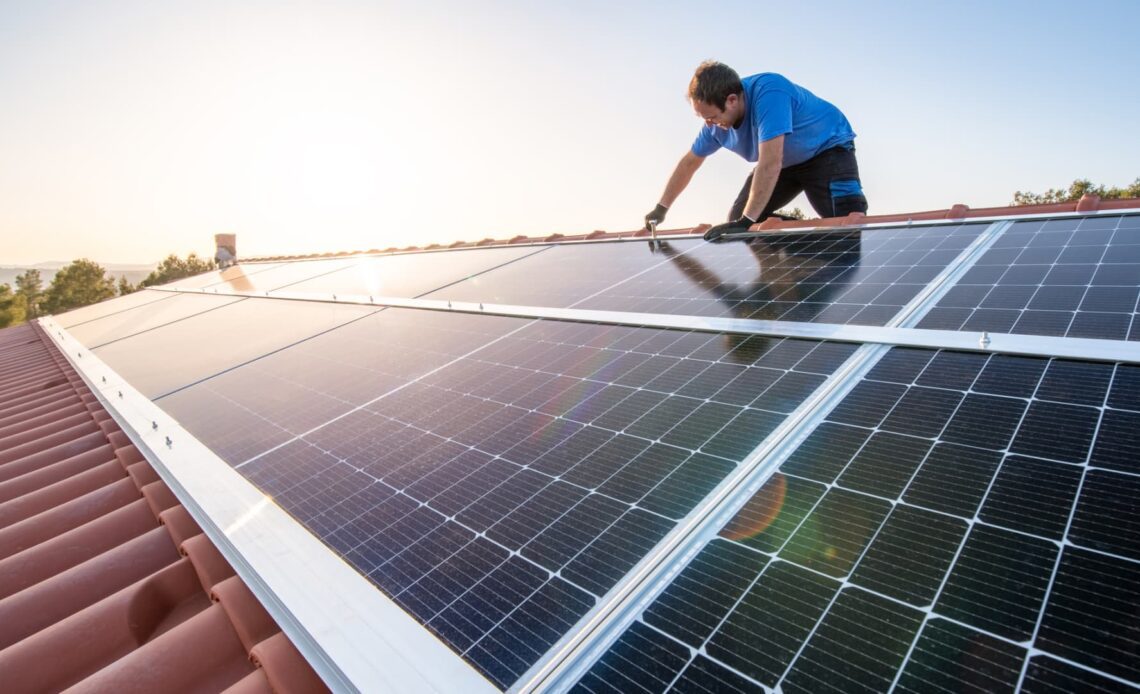To avoid rising energy costs and benefit from increasing renewable energy incentives and tax breaks, more homeowners may be considering a home solar system. Last year, the growth of residential solar in the U.S. boomed. Even as overall growth of solar installations, including commercial and utility-scale projects, decreased year over year, residential solar projects grew by a “staggering” 40%, to just under six gigawatts, according to the Solar Energy Industries Association. That growth came across a record 700,000 U.S. homeowners who installed solar in 2022.
There are a host of complicated issues in the solar market, including some contentious politics. Battles remain over foreign sourcing of solar energy components and tariffs on imports from China — President Biden recently vetoed a bill that would have re-imposed tariffs and likely driven up costs throughout the solar supply chain. Net metering, a primary way homeowners can be repaid by the grid for generating their own energy, took a big hit in California — the nation’s biggest solar market — last year, and that is expected to lower overall growth of residential projects this year. And lending conditions throughout the credit market are tighter today due to Federal Reserve interest rate hikes, driving up loan rates for solar projects.
Financing may be necessary or at least well worth considering for most homeowners interested in upgraded their home energy with solar. The national average for a 10 kilowatt solar panel installation in 2023 is around $20,000 after taking into account a 30% federal solar tax credit, according to EnergySage, a marketplace that connects consumers with energy companies. Loans have boomed as a way to finance solar, and even as low and in some cases zero-interest rate offers disappear, higher retail utility bills continue to make lending rates reasonable. According to energy consulting firm Wood Mackenzie, the loan segment’s record share of the residential solar market reached roughly 70% of projects in 2022. It won’t repeat that in 2023, but will remain a large part of the solar market.
Starting with the basics is the best way for homeowners to start wrapping their heads around solar power financial decisions. Here are some key things to consider before making the decision to move ahead with a residential project.
Do your research on state-by-state solar costs
“Before you investigate how you are going to pay for it, it’s easy to find out what you might want to buy…
Click Here to Read the Full Original Article at Top News and Analysis (pro)…


